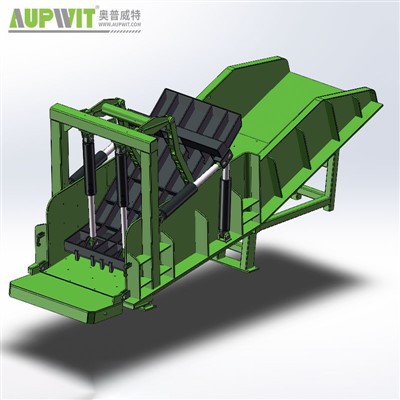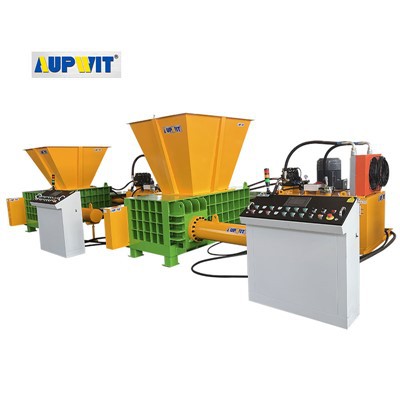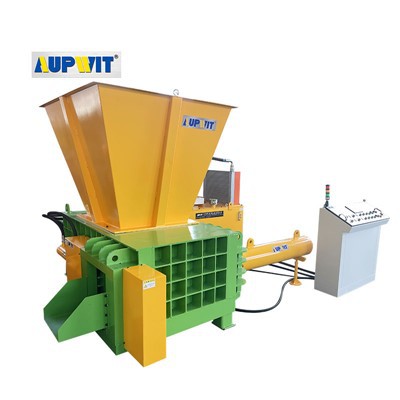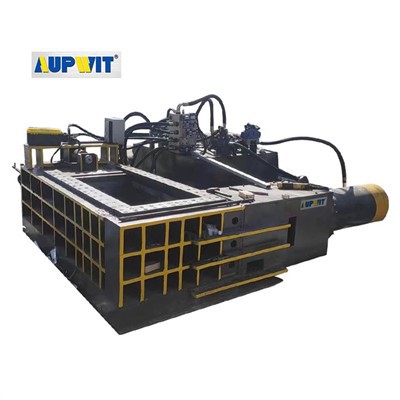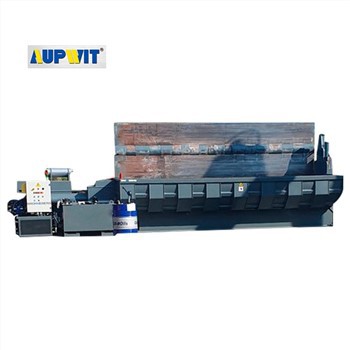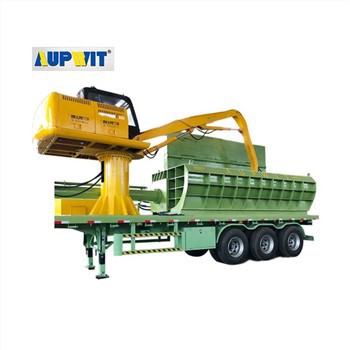Adjustable Pressing Speed in Iron Powder Briquetting Machines
The pressing speed of an iron powder briquetting machine can typically be adjusted, and this flexibility is crucial for optimizing performance across different operating conditions and material properties.
Modern machines, whether mechanical or hydraulic, are designed with speed-regulating mechanisms. Mechanical models often use variable frequency drives (VFDs) connected to the motor, allowing operators to adjust the rotation speed of pressure rollers or the eccentric shaft.
Key Features of Speed Adjustment
- Mechanical models use VFDs for speed control
- Typical speed ranges from 50-300 briquettes/minute
- Hydraulic machines regulate fluid flow via control valves
- Speed affects briquette quality and machine wear
- Finer powders often require slower speeds
- Advanced models feature automatic speed regulation
Material Characteristics Adaptation
The ability to adjust speed is essential for adapting to material characteristics. For example, finer iron powders or those with higher moisture content may require slower speeds to ensure uniform compression and prevent briquette breakage.
Operational Controls
Operators typically control speed through a control panel, often integrated with PLC systems for precise adjustments. Some advanced models even feature automatic speed regulation, where sensors detect material flow or briquette density and adjust speed accordingly to maintain quality.
Manufacturers provide guidelines for optimal speed ranges based on machine specifications and material types, ensuring operators can balance throughput, briquette quality, and equipment longevity through informed speed adjustments.


